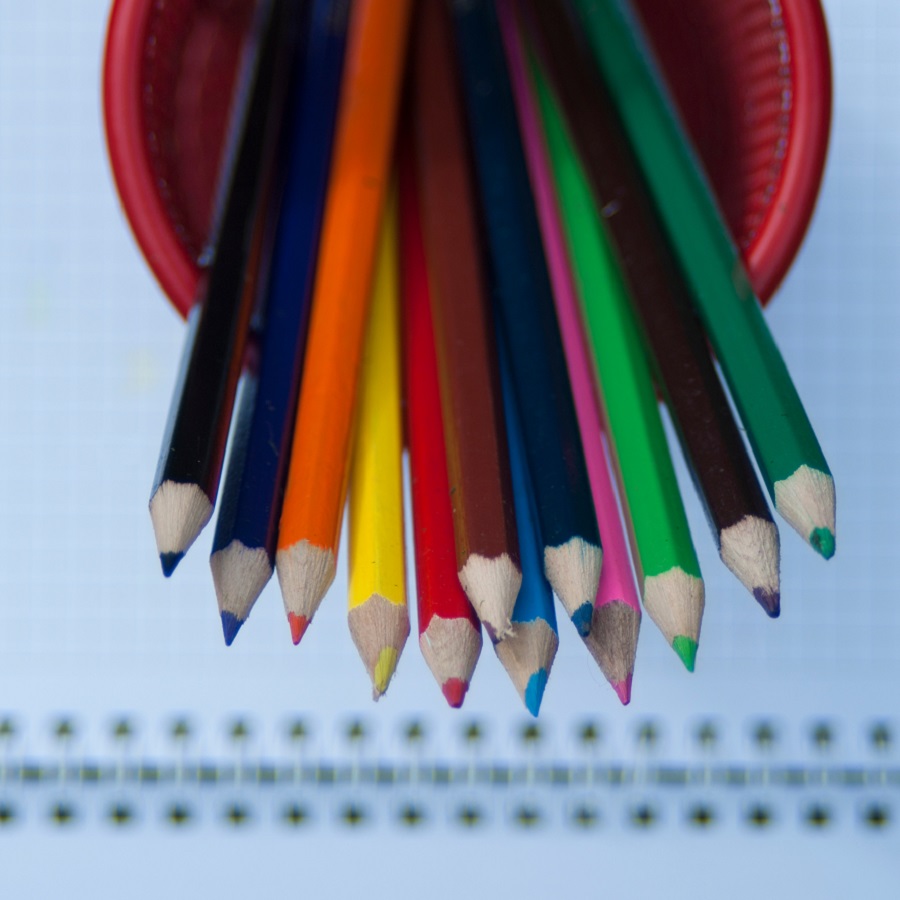Embarking on the journey of pencil sketching can be both exhilarating and daunting. The right tools, however, can make all the difference. Among these, the pencil sketch pencil stands as a fundamental instrument, offering a range of hardness and softness that caters to every level of artistic expression. Whether you’re a novice or an experienced artist, understanding the nuances of pencil types like 2H, H, B, 2B, 4B, 6B, and 8B can significantly enhance your sketching experience.

Choosing the Right Pencil for Your Sketch
The selection of a pencil depends largely on the effect you wish to achieve. For instance, 2H pencils are ideal for light, detailed work, such as highlighting and fine outlines, due to their hard texture. On the other hand, B pencils, with their softer lead, are perfect for shading and creating depth in darker areas. Intermediate shades can be effectively managed with 2B pencils, which offer a balance between control and shading capabilities. For those deeper shadows, 4B and 6B pencils are indispensable, allowing for quick coverage and rich tonal values. Lastly, 8B pencils are reserved for the darkest shadows, providing an intense depth that can bring your sketches to life. For a comprehensive selection, consider visiting
cpencils.com
, where you can find a variety of pencils tailored for sketching needs.
Mastering Basic Sketching Techniques
Once you’ve chosen your pencils, it’s crucial to master the basic techniques. Controlling line weight and understanding how to apply pressure to create varying shades are key. Practice drawing basic shapes and forms to get a feel for how different pencils handle. As you progress, try incorporating techniques like hatching and cross-hatching to add texture and dimension to your sketches. Online resources, such as tutorials on YouTube, can be incredibly helpful in learning these techniques. For instance, a quick search for “pencil sketching techniques” can yield a wealth of educational videos.
Enhancing Your Skills and Sharing Your Art
To elevate your skills, consider studying the works of master artists and attempting to replicate their techniques. This not only improves your technical ability but also broadens your artistic vocabulary. Engaging with online communities or local art groups can provide valuable feedback and inspiration. When you’re ready to share your work, platforms like Instagram and Pinterest are excellent for showcasing your sketches. Remember, the journey of an artist is as much about creating as it is about sharing and learning from others.
Caring for Your Tools
Proper care of your sketching pencils ensures they remain effective tools for your artistic endeavors. Regularly sharpen your pencils to maintain a fine point, especially for detailed work. Store your pencils in a cool, dry place to prevent the lead from breaking or the wood from warping. Utilizing a good quality pencil sharpener and eraser can significantly enhance your drawing experience. For colored pencils, consider exploring
durzerd.com
, which offers a range of high-quality options suitable for various artistic projects.
In conclusion, mastering the art of pencil sketching involves not only skill and creativity but also a deep understanding of the tools at your disposal. By selecting the right pencils, practicing essential techniques, and engaging with the artistic community, you can transform your sketches into compelling works of art.



